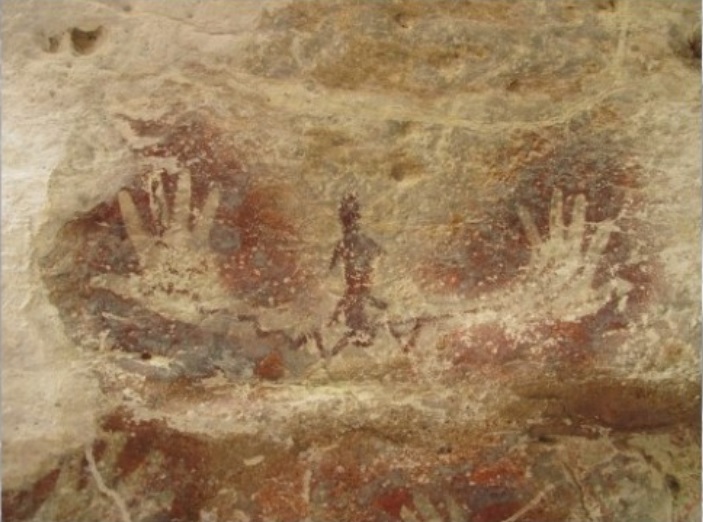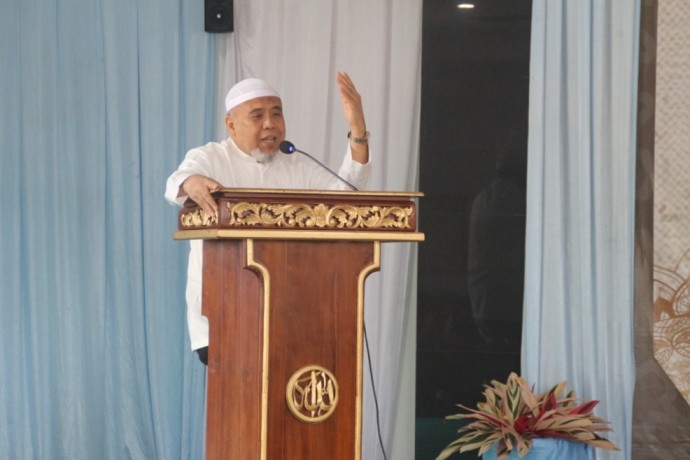Ancient handprint without index finger found in Indonesia’s Maluku province

Bogor, W Java (Indonesia Window) – A team of archaeologists from the Maluku Archaeological Center has found an ancient rock image of a palm without an index finger on Kisar island in Southwest Maluku district, Maluku province.
The discovery is believed to be related to prehistoric human occupation in the Maluku-Papua islands.
“This is a new discovery, because so far ancient handprints that have been found in the Maluku and North Maluku regions show intact palms with complete fingers,” Lucas Wattimena, an archaeologist from the Maluku Archaeological Center in Ambon, said on Monday (Sep. 13).
He explained that the ancient rock art depicting the left palm with a broken index finger was painted using a hand stencil or hand stamp technique. This discovery is located at the Aulapa Temple Cave site, Purpura village, North Kisar sub district, Southwest Maluku district.
Located not far from John Becker Kisar Airport, the site is one of 13 new sites surveyed by a team of archaeologists from the center in early August.
“This type of rock drawing with one finger cut off is more common in the Papua region, and it has something to do with the tradition of cutting fingers to honor family members who have died,” Lucas explained.
He added that the image of the left palm without the index finger was found to be associated with other handprints on the cave wall, and looked specifically different from those found in the Maluku Islands.
Although there is only one image found, the discovery is believed relating to the process of early human occupation in the Maluku and Papua islands, because geographically these two areas are connected in the Wallacea, Sahul Shelf and Sunda Shelf zones which form the biogeographical diversity of Southeast Asia.
Wallacea is a group of islands of Nusa Tenggara, Sulawesi and Maluku, and is located between a gap formed by the Sahul Shelf which includes the Australian-Papua continental shelf plate, and the Sunda Shelf which consists of the mainland of Sumatra, Java and Kalimantan.
“There is probably a connection, we still have to analyze. Anyhow, this ancient cultural heritage might provide a new perspective in research on early human migration,” Lucas said.
Reporting by Indonesia Window










